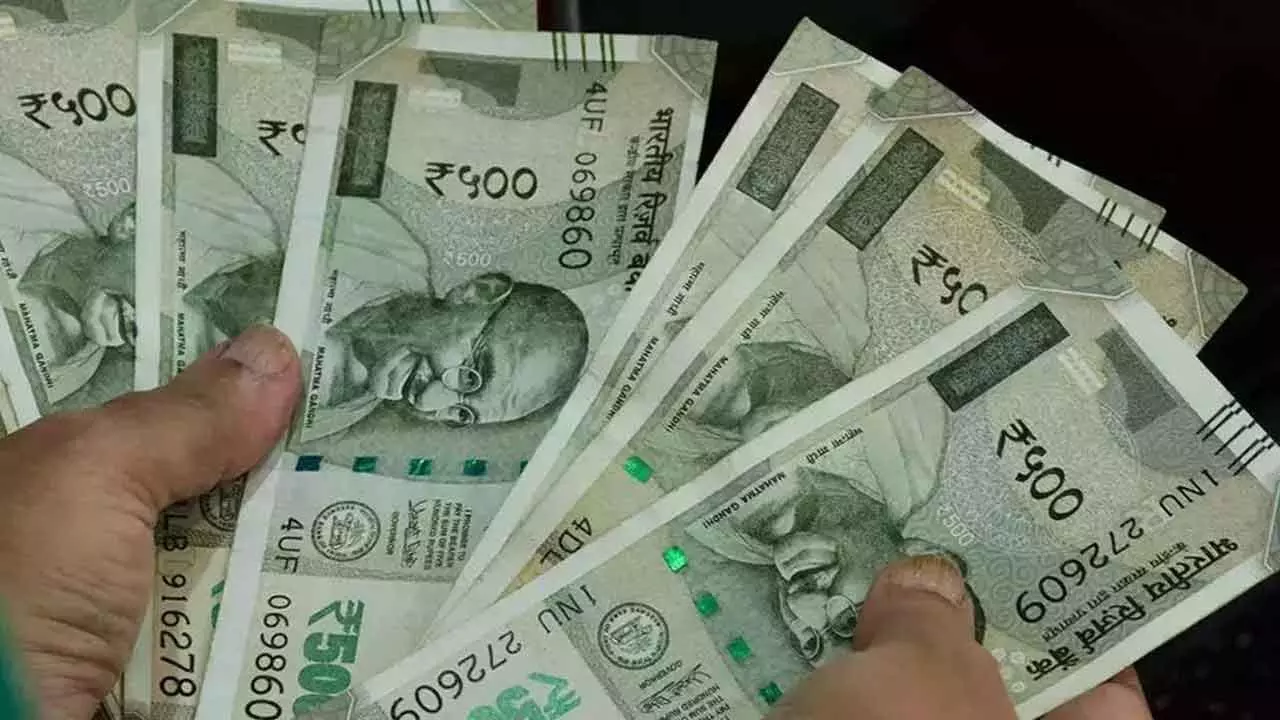Weak Rupee, Sluggish Exports: The Urgent Need For Economic Efficiency
India’s economic resilience hinges on its ability to boost exports, enhance economic efficiency, and attract sustained global investments
Weak Rupee, Sluggish Exports: The Urgent Need For Economic Efficiency

While recent improvements in trade deficit and foreign reserves are commendable, long-term stability requires a shift toward a trade-surplus economy. To achieve this, India must implement bold structural reforms—reducing input costs, improving logistics, and incentivizing high-potential service exports
During the decade 2014-24, the compounded average growth rate (CAGR) of exports (goods & services) was reduced to 5 per cent from 17.9 per cent in 2004-14 and 12.7 per cent in 1994-2004 in USD basis. In sequel, Rupee is now weakened to about Rs.87.0 per US dollar against Rs.60.50 in 2013-14. During 2000-12, Rupee was stable with intermittent appreciation, mainly due to high export growth at 19.5 per cent on CAGR basis in dollar.
A strong and stable Rupee is not an impediment for the exports. I believe, higher economic efficiency will propel exports and keep Rupee stable. And the economic efficiency depends upon the host of policies and regulations and not upon the producer alone.
Obviously, a weak rupee is a dis-incentive for the global investors. India’s investment needs can’t be met from the domestic savings alone. Hence, continuous inflow of global-funds is crucial for India till it becomes a “Trade-surplus Nation”. Recent change in USA leadership has opened a tariff war; that might further affect exports. Hence, it is indeed a great challenge before India. I believe, India is capable of meeting such challenges.
Despite sluggish exports in 2014-24, average trade-deficit was 2.5 per cent compared to 4.3 per cent of nominal GDP in 2004-14, mainly due to lower imports. That needs sincere applaud. During 2024, inward foreign remittance was $129 billion; highest in the world, that helped in curbing Current account deficit (CAD) to about 0.7 per cent against 1.7 per cent of GDP in 2013-14. In sequel, in 2024, the Forex reserves increased to 18.3 per cent of nominal GDP.
However, in coming years, aggressive deportation of Indians by USA might discourage migration vis-à-vis inward-remittances. Import of oil and gas from USA instead of Iran, Gulf Nations and Russia might increase import bill widening the trade deficit.
In such difficult situation, India must use all policy tools to boost export and cut imports and become a “Trade-surplus Nation” surpassing past-legacy. Also facilitate legal migration till ample job-opportunities are created in India. By this, inward-remittance growth can be maintained reducing CAD. All such policies will deliver multiple benefits such as, strong Rupee, consistent and higher GDP growth besides giving edge in foreign diplomatic relations.
For boosting export, economic efficiency of India must be improved by reducing the cost of basic-inputs such as capital, energy, logistic and minerals. That needs major policy intervention and high investment rate besides regulatory easement. During interim period, export incentives for the manufactured and agro goods may be considered in a calibrated manner on the incremental export in few sectors. Huge potential of service-exports may be unlocked in various fields such as, tourism, health, education, consultancy (legal, accounting and engineering) and business services by framing dedicated policy.
For curbing import of petroleum, Railway needs huge investment for increasing the share of goods-traffic. Also invest in the public-transport for saving imported fuel. Spending on the exploration of petroleum reserves should increase multifold. Thermal coal import must reduce by boosting domestic production. For curbing Gold-import, modified gold-deposit scheme may be implemented, as suggested in the book, Turn-Around-India-2020; that could be game-changer. Likewise, India needs a composite policy.
For meeting investment needs of India, inflow of global-funds should be encouraged. As an interim measure, the capital-gain tax on FPIs may be reduced or exempted if the sale proceeds are re-invested for a period of five years. Banks and PSUs may be encouraged for raising long term global-funds through bonds by providing sovereign guarantee. However, easement of business and taxation laws is most crucial for both existing and new investments. Let’s acknowledge that; Indian business laws are still influenced with colonial legacy; that must be surmounted.
To conclude: Boosting of exports and higher investment rate are the crucial needs for stabilizing Rupee, as witnessed during 2000-12. Stable Rupee shall certainly deliver multiple economic benefits to India and fascinate high respect among global fraternity. Let’s face the present challenges through second series of structural reforms exceeding 1991 reforms. For this, unity and team spirit among all stakeholders are the pre-requisites.

